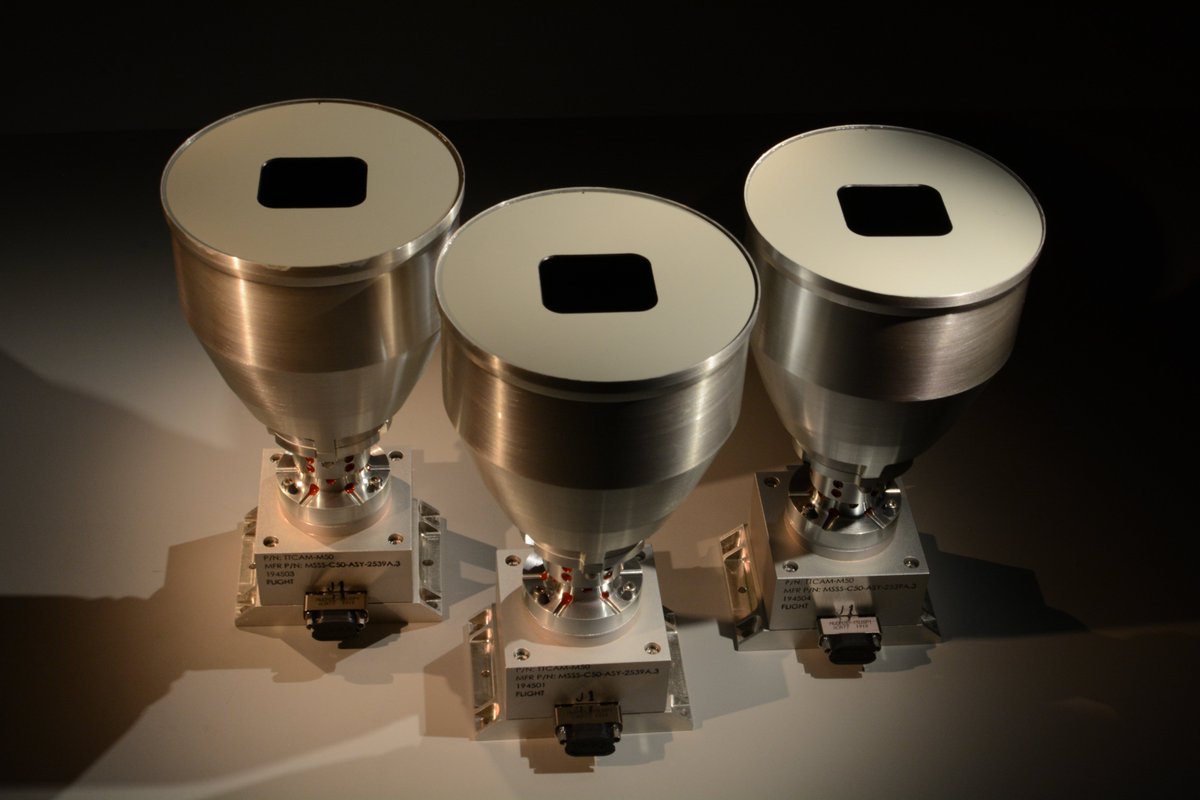Lucy: A look at the history through trojans.
Introduction
The trojan asteroids are those that are not just asteroids but actually the leftover stuff from the formation of our solar system. And what they might reveal is something drastic to perceive. They might have clues to how we actually came to be and are we holding some misconceptions about the origin of the solar system or not. And that is where the Lucy satellite comes in. it will be passing by eight trojan asteroids and collecting samples while studying them itself too. Read on to find out more about Lucy.
 |
| Image Source - Google | Image by - Wikipedia | An artist's impression of Lucy |
The naming network
The naming of an asteroid that is going to the trojans ended with the name 'Lucy'. But there is more to it. The satellite was named after the oldest human fossil ever found and that fossil was named lucy. He, who discovered that fossil was Donald Johanson. And Lucy's first target is an asteroid named Donaldjohanson after the man who uncovered the fossil! Lucy will go there to test her instruments as it is a very small asteroid. Now, there is a part in Lucy named L’TES which has diamonds in it. And lo! That links the Beatles song ‘Lucy in the Sky with Diamonds’ to the satellite. And each member of that band wished NASA for their mission wholeheartedly.
 |
| Image Source - Google | Image by - Wikipedia | The Lucy fossil (Australopithecus) |
The parts and instruments of Lucy
So the parts of Lucy are as follows:
L'RALPH - It is the camera on Lucy that will take colour images by using visible and infrared light. This will help the scientists to map mountains and craters. It will also help them know what the asteroids are made up of. It is named after the RALPH instrument on the New Horizon spacecraft. The L’ in each instrument's name stands for Lucy.

Image Source - Google | Image by - NASA | The L'RALPH L’LORRI - If colour is important, so details. A long-range reconnaissance imager, this is the camera which will take detailed images of the surface of the asteroid. This will help the asteroids to know about the history of our solar system. It is named after the LORRI instrument on New Horizon.

Image Source - Google | Image by - NASA Video on Youtube | The L'LORRI L’TES - What will we know about the trojans if we are not aware of their temperatures? And therefore, this is a touchless thermometer because Lucy will not touch the instruments of course. Named after the OTES instrument on Osiris-Rex, this instrument is the one that contains diamonds. It will also tell if the surface is rocky or dusty.

Image Source - Google | Image by - NASA Video on Youtube | The L'TES
T2CAMS - The T2CAMS or the TTCAMS are the tracking cameras. They will always keep a view on the asteroids.
Image Source - Google | Image by - Twitter | The L'TES
The radio signals and high gain antenna - What will you learn if you don’t know the mass? The spacecraft will use the doppler shift to measure the mass and radio signals to send information back.
Meet the trojan asteroids
At the time of the creation of the solar system, some rocks formed planets, some flew beyond our reaches but some, even today, share Jupiter's orbit. But how do they stay in a single place? They all are almost sixty degrees from Jupiter on both sides in two swarms. And if you do the maths, it turns out that the gravitational forces from Jupiter and the sun make them stay there. If you put anything there, it will stay there hanging. The asteroids Lucy will visit are as follows:
In the 1st swarm
Donaldjohanson
Eurybates
Polymele
Leucus
Orus
In the 2nd swarm
Patroclus, and its pair member
Menoetius
Lucy will transform the way we look at the history of our solar system. It will pass through each asteroid, take its images and send back hopes of learning about the origin of the solar system and
us…

Comments
Post a Comment